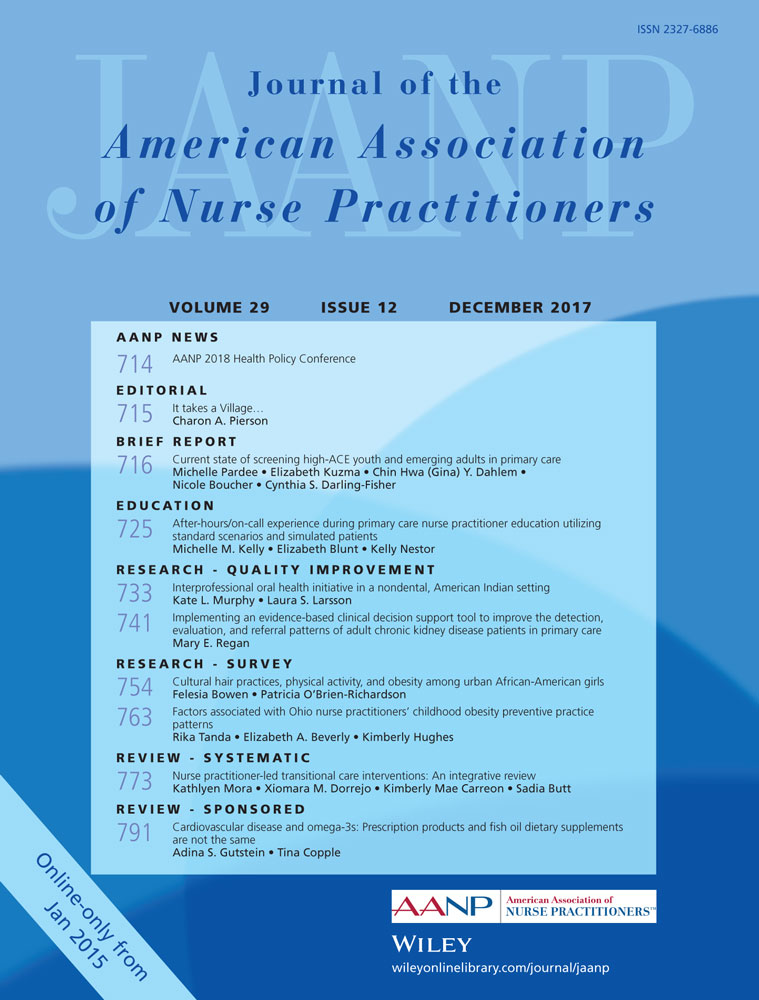Cultural hair practices, physical activity, and obesity among urban African-American girls
Abstract
Background and purpose
Hair holds cultural meaning and value for women of African descent. The values placed on hair type and hair style date back to preslavery days. There is a small body of literature that addresses the relationship between cultural hair practices and physical inactivity among black women. Understanding this is important because inactivity during childhood and adolescent years contributes to increased weight-related morbidity and mortality during adult years. The purpose of this study was to determine the relationship between cultural hair practices, physical activity, and obesity among urban African-American adolescent girls.
Methods
A convenience sample of 50 African-American girls completed questionnaires and were weighed and measured for body mass index (BMI) calculation.
Conclusion
Cultural hair practices such as the amount of money (p = .047) and time (p = .015) spent on hair maintenance were associated with decreased physical activity but were not associated with BMI.
Implications for practice
Inactivity during adolescence can result in obesity, a major cause of chronic health conditions that contribute to morbidity and mortality as an adult. When nurse practitioners understand and appreciate the cultural differences and beliefs around cultural hair practices they will be able to develop culturally appropriate strategies that will aid in weight loss.




